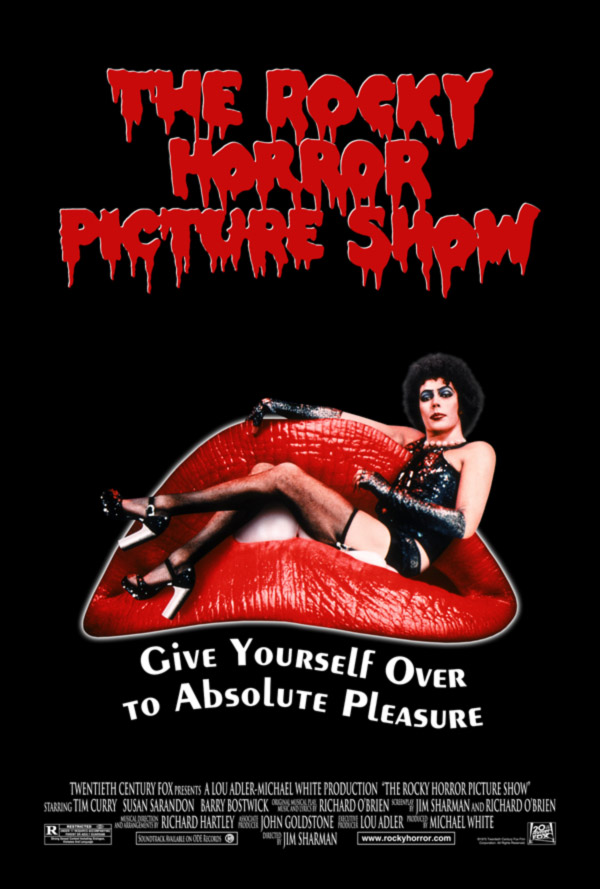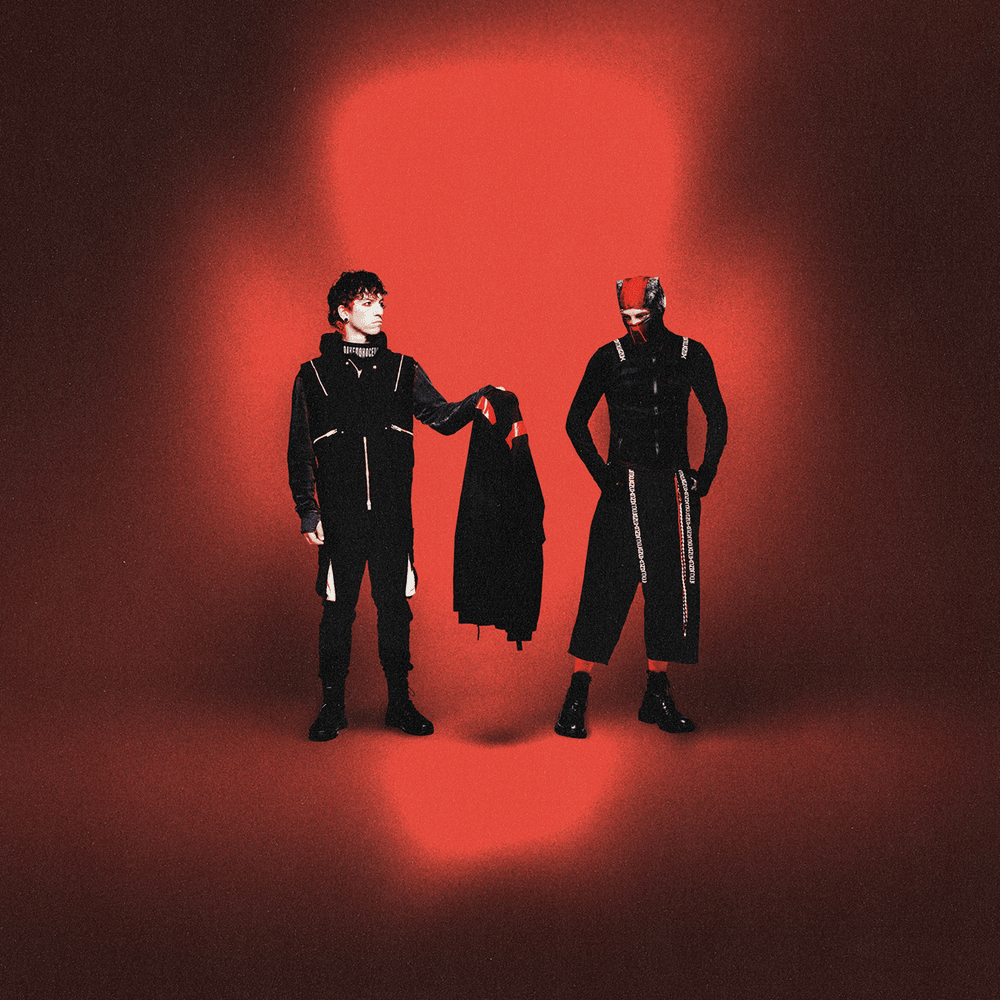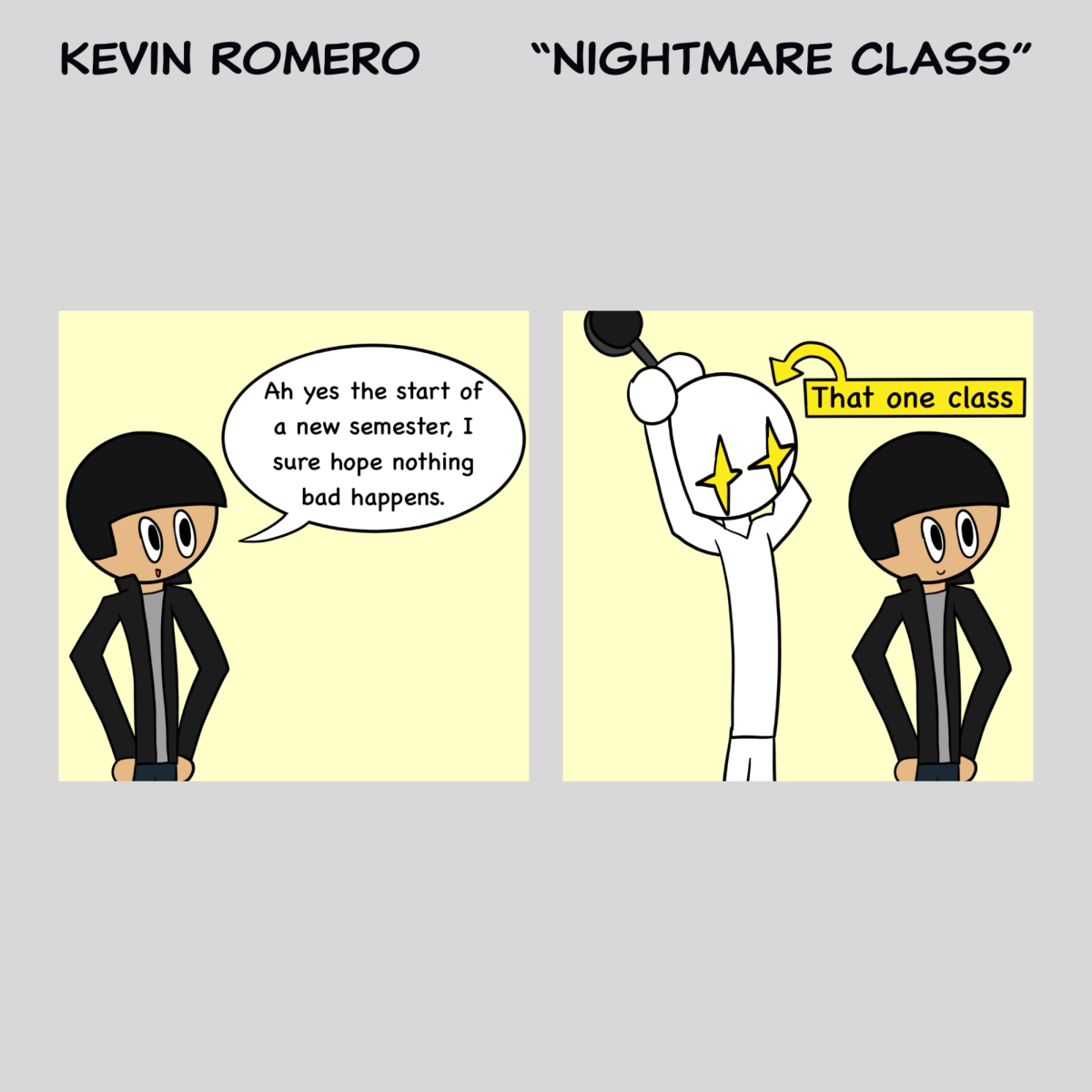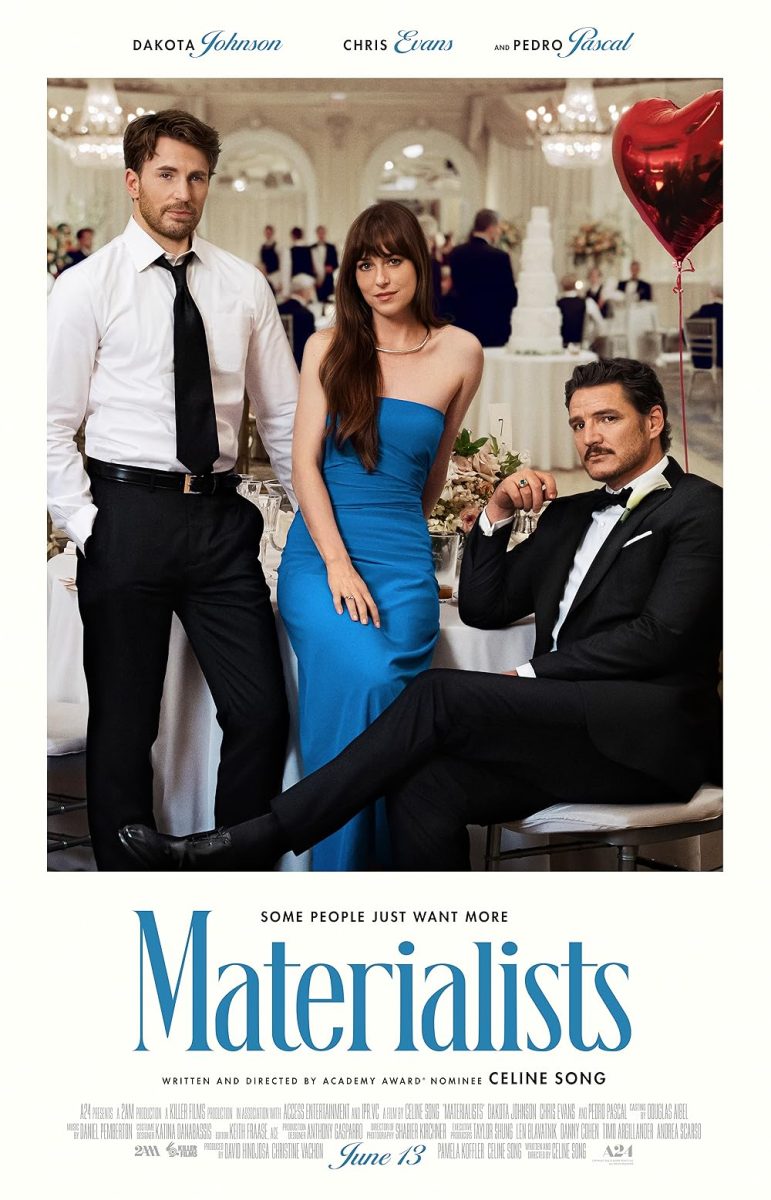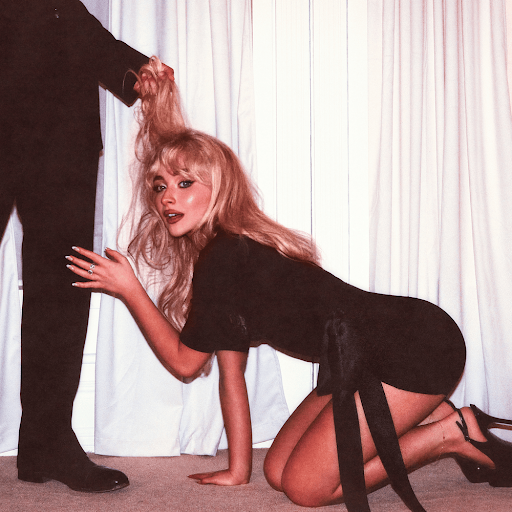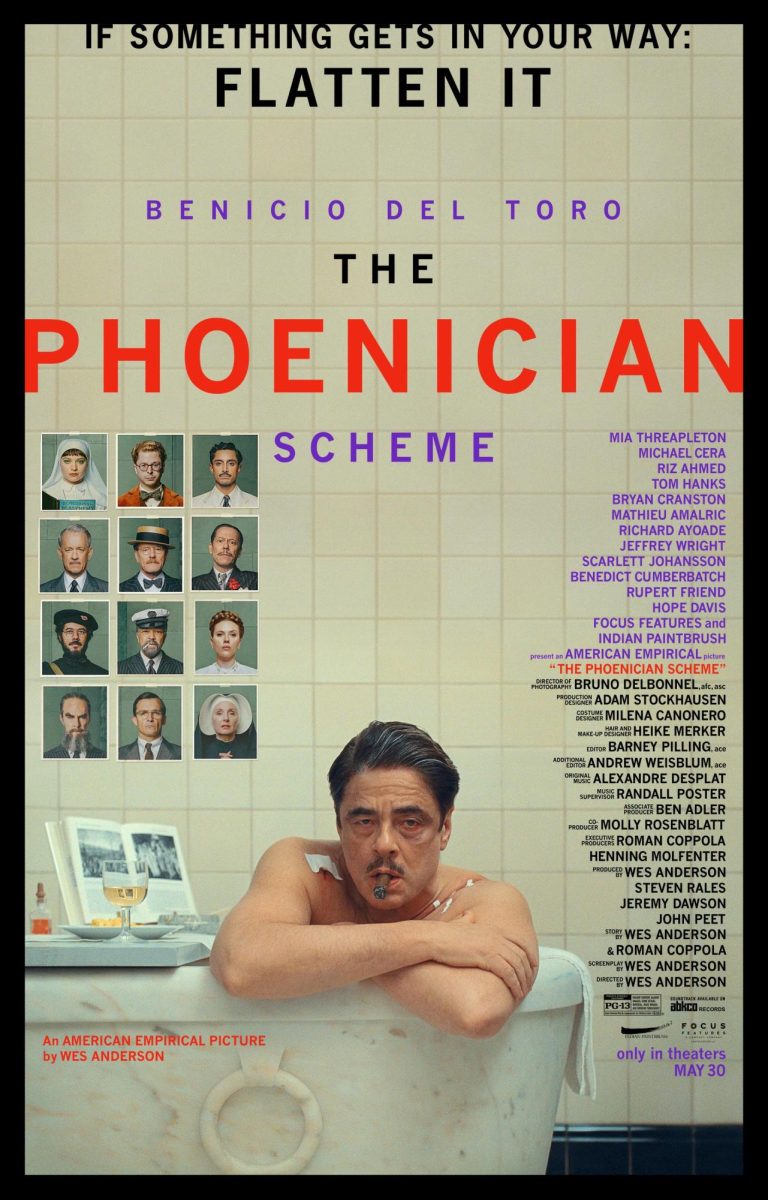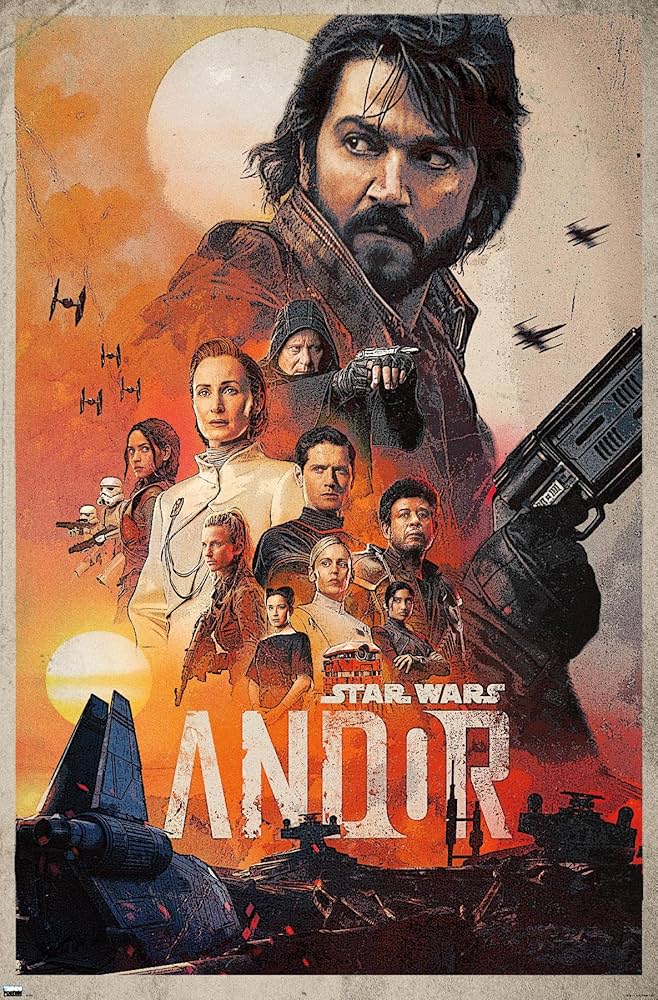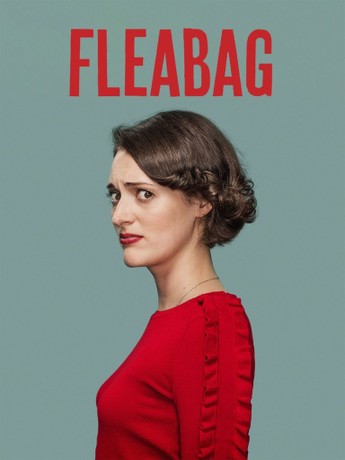The Rocky Horror Picture Show is not only a movie; it’s a culture, an experience, a movement.
The Rocky Horror Picture Show was released in 1975, featuring Tim Curry as Frank-N-Furter, Richard O’Brien as Riff Raff, Susan Sarandon as Janet Weiss, Barry Bostwick as Brad Majors, and MeatLoaf as Eddie. Partners Janet and Brad acquire a flat tire in a rainstorm, thankful to discover a Frankenstein-esque castle filled with interesting aliens.
The initial shadow-productions occurred at midnight, where the cast and viewers dressed in elaborate costumes to honor the film. Audience participation (AP) within these productions became an essential part of the film. Fans shout lines, sing along to songs, dance along to the Time Warp, and interact with the film in various ways.
Props and prop bags are another essential component of Rocky Horror screenings. Contingent to where you see the production, prop bags range in cost and contain various items, depending on the theater’s rules.
When I saw my first Rocky Horror Picture Show, there was a bag of rice in my prop bag that we threw around during the wedding scene. During the scene where Janet and Brad are getting rained on, viewers use water guns and newspapers to cover their heads. Rubber gloves are provided to snap in sync with Frank-N-Furter, and glowsticks or electric candles are often provided for the song “Over at the Frankenstein Place.” These props and rituals are part of the interactive experience and make the viewing much more enjoyable.
In addition, the fans are encouraged to call back and shout in unison in response to the cast and the film. Callbacks are a way for the audience to engage with the film, with fans responding to the film with humorous, often bold, and explicit comments. Viewers are quick to learn the vibe of the production when they’re encouraged to shout “Start the f*cking film!” on repeat before the video starts.
Screenings often feature a “shadow cast,” usually sponsored by an organization that employs dedicated super-fans to act out the film as a particular character in front of the screen while the movie plays. These performers mimic the actions of the characters on screen and dress to exactly replicate them, make-up and all. These productions are known to be inclusive to all, and Rocky Horror has attracted people of queer and heterosexual backgrounds for over 45 years.
Multiple generations have felt a connection to Rocky Horror characters, as they represent “outlandish” ideas that at the time (and unfortunately, still now) were considered odd and extreme, the way that many queer people feel as a result of homophobia and heteronormativity.
Rocky Horror has a history of uplifting queer people, and for most, it was the first time they saw queer representation on screen that wasn’t brutally mistreated and disregarded for their non-traditional appearance. This film was legendary in offering representation to a group that was, frankly, not often featured in a positive light.
For first-time viewers, be aware. Rocky Horror virgins, or first-time production viewers, are often asked to come on the stage for some sort of virgin sacrifice. No fear; this is nowhere near as scary as it sounds. This hilarious procedure varies depending on the showing, but I had to deep-throat a banana one time, and at the next production, I had to put my hand over my crotch and recite a pledge to Rocky Horror. No matter how often I see this happen, I die laughing and cannot recommend attending more.
Participating in one Rocky Horror offers me the relief of attending five Wreck Rooms. Screaming, getting up and dancing, and being able to lose my mind in a socially acceptable way is so reassuring, and I can’t recommend attending one more.
The Rocky Horror Picture Show is a gem that defies categorization: musical, a comedy, a science fiction parody, and a provocative cult phenomenon that has enchanted audiences for nearly five decades.
Tim Curry’s iconic portrayal of mad scientist Frank-N-Furter emphasizes the actor’s charisma, wit, and musical talent. Curry magnetically draws viewers into the peculiar world of Transylvania, enticing them into a new, sensual universe.
The musical numbers are catchy, funny, and intriguing. The upbeat, rambunctious MeatLoaf performing “Hot Patootie/Bless my Soul” to Curry’s sadly seductive “I’m Going Home” have become timeless classics. Featuring other classics, such as “Time Warp” and “I Can Make You a Man,” the film has a song for anyone to enjoy. The energetic performances and catchy tunes will have you singing along and dancing in your seat, enjoying it even more after multiple viewings.
The audience participation during midnight screenings is a unique experience that further elevates the film’s appeal, something I’ve never experienced at any other production. The callbacks, props, and rituals create a sense of community and participation that is truly infectious. It’s an environment where everyone feels welcome, regardless of background or identity.
The Rocky Horror Picture Show celebrates self-expression and acceptance, symbolizing the empowerment and liberation of those who have felt marginalized. The film’s subtext of sexual exploration, nonconformity, and gender fluidity has resonated deeply with many, making it an icon of LGBTQ+ culture. Its eccentricness challenges conventions and blurs boundaries while having an infectious sense of fun and panache.
The Rocky Horror Picture Show is more than just a film; it’s an experience. It’s a cult classic that continues to evolve and enchant new generations. So, grab your fishnets, don your corset, and join the “Time Warp” for a night of pure cinematic delight. Whether you’re a first-time viewer or a seasoned Rocky Horror fan, you’ll be transported to a world where being yourself and embracing the unconventional is not just accepted; it’s celebrated.


